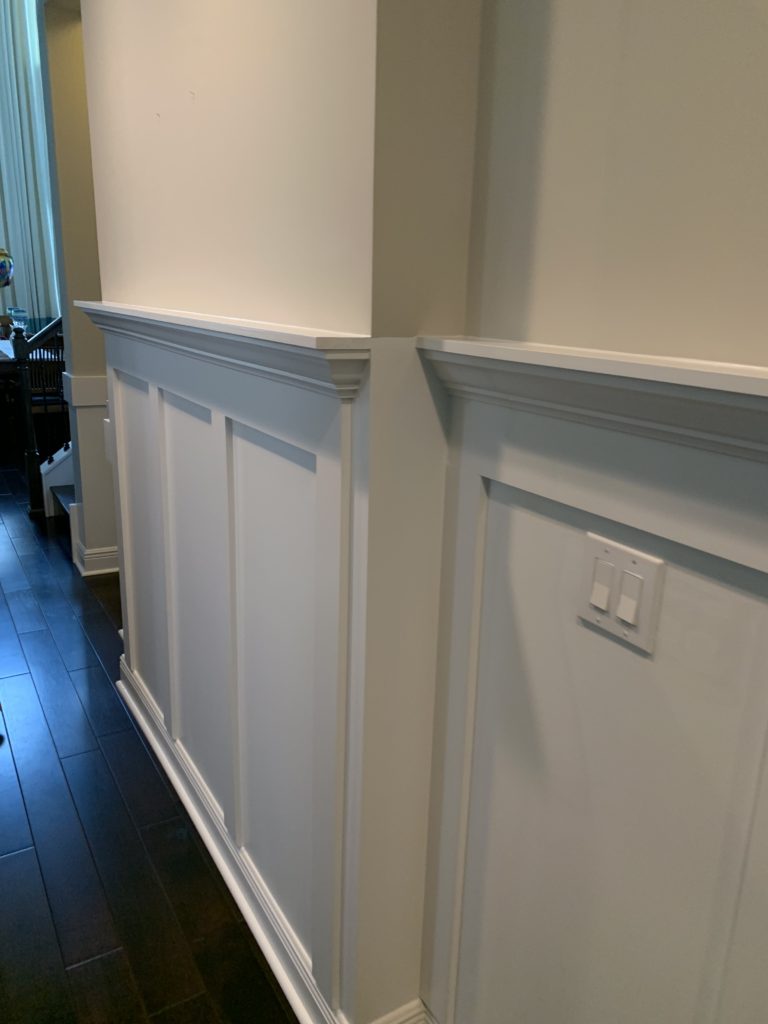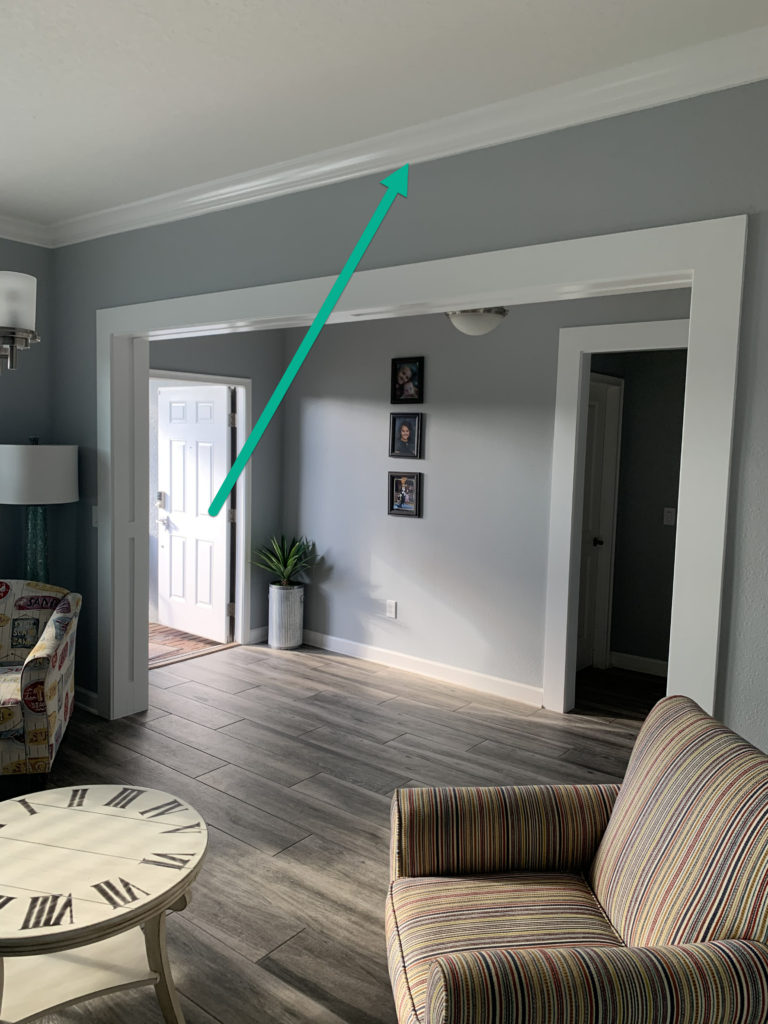
- By myunclemike
- In crown molding
Custom Trim vs. Crown Molding
When designing your home’s interiors, it is difficult to visualize the end result if you are unaware of some essential decorative elements. Custom trims and crown moldings might have been some of the terms you have heard during your renovation projects, but do you know what they are and what their decorative potential is?
When smartly used, custom trim and crown moldings can enhance your home’s interiors and create a sophisticated, looked-after environment. Here are the differences between the two and some extra tips to help you make the most of these important design elements.
Custom Trim vs. Crown Molding: What’s the Difference?
Before diving into the details of these design elements, let’s clarify what the difference between the two is:
- Custom Trim is the general term referring to all kinds of molding, including crown molding, baseboards, and window and door casing. They can be structural elements that hide intersections and gaps between panels, walls, or openings.

- Crown Molding is a kind of decorative molding installed on the intersection between the wall and the ceiling to add non-structural details and beautify the room.

The difference between trim and molding is subtle: moldings are ornamental details traditionally made in a mill, while trim refers to those molding details used in a building’s interior. Here are the details you need to know about these design elements.
What Is a Custom Trim?
Trim moldings are decorative elements that are used to cover up gaps between walls or around doors. There are several kinds of custom trims, including crown moldings, baseboards, and wall trims.
Window and door casing is also a type of trim molding that creates a frame around room openings. Custom trim designs allow you to add dynamicity to a room, keep in line with your style, and smooth out the transition between architectural elements.
Types of Custom Trim
The most common types of custom trim molding include:
- Casing trim – casing trim is usually placed around windows, doors, and other room openings. They are located along the top and sides, and, in the case of windows, the bottom portion is complete with a stool-and-apron trim.
- Baseboard trim (or wall base molding) – this trim is the one you can find at the interaction between your walls and floor. Baseboard trim is installed above the flooring and aims to protect the wall base and cover any gaps or imperfections.
- Wall trim – wall trims include chair rails, picture rails, and wainscoting. These elements are mostly aesthetic and decorative, and they can significantly improve the home’s value.
- Ceiling trim (or crown trim) – as we are about to see, ceiling trim is the one that connects the wall to the ceiling.
See the many different Trim Profiles to choose from!

Materials Used for Custom Trim
The material and design of your custom trim depend on the type of finish you want to achieve and on your budget. While there is a wide variety of material options for your trim, here are the most popular ones:
- Bare wood – if you are looking to keep your trim unpainted, bare wood can add a natural and rustic element.
- Primed wood – primed wood offers you the same results as bare wood, but it is often easier and quicker to install because it is already primed.
- Wood composite – if you love the natural look of wood, but you are budget-conscious, composite is a more affordable alternative to bare wood.
- MDF – Medium-Density Fiberboard is an affordable and versatile material. Since it can be affected by moisture, MDF should not be used on high-humidity locations or exterior doors.
- PVC – while not the most environmentally friendly choice, PVC is resistant, affordable, and durable for any of your trim moldings.
What Is Crown Molding?
Crown molding is a type of trim molding that is installed at the intersection between walls and ceiling. Aside from being decorative and aesthetically pleasing, crown molding has the structural task of covering gaps, improve insulation, and limit moisture penetration.
Crown molding also referred to as ceiling trim molding, can be a custom element that is created purposely to enhance your home’s style.
Indeed, you might select a crown molding that is plainer and sophisticated. Or, a more elaborate, exclusive design can turn a simple room into an elegant living environment.
When selecting your crown molding, you can choose among the materials seen above and more, depending on the finish you should like to achieve. You might consider selecting a material that matches your other trims.
Crown vs. Cove Molding
There are endless types of custom crown moldings to choose from. However, when speaking to your designer, there are two main options to choose from: crown and cove molding.
Cove molding is a type of molding designed to look simpler, less elaborate, and more modern. This trim’s sleek curvature allows for a smooth transition between the ceiling and the wall without overpowering other design elements in the room.






